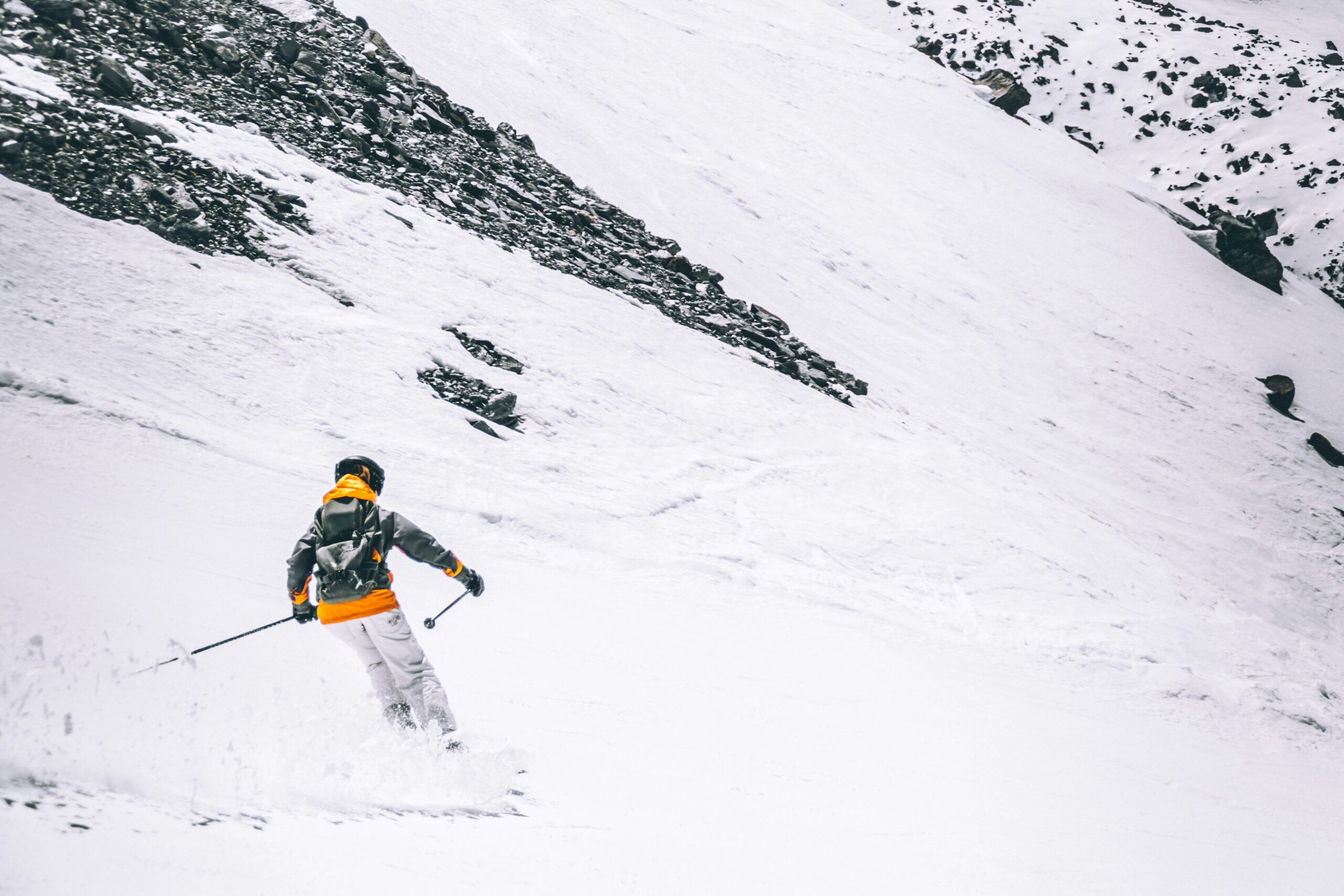
Snowboarding is an exciting and exhilarating sport, but choosing the right equipment can make all the difference. Whether you’re a beginner, intermediate, or advanced rider, selecting the right snowboarding gear is essential for maximizing both performance and safety on the slopes. Here’s a guide to help you choose the perfect snowboarding equipment based on your skill level.
Understanding Snowboarding Equipment Basics
Before diving into specific gear, it’s important to understand the basic components involved in snowboarding. These include the snowboard, boots, bindings, and outerwear. Each of these elements plays a crucial role in ensuring comfort, control, and performance while snowboarding. When selecting equipment, you need to consider factors like fit, flexibility, and durability, all of which vary according to your skill level.
The board itself is one of the most important pieces of gear to get right. The type of snowboard you choose will depend on your riding style and the type of terrain you prefer. A more flexible board is ideal for beginners as it offers better control and maneuverability, whereas advanced riders may prefer stiffer boards for higher speeds and stability.
Snowboard Selection for Beginners
For beginners, the main focus is comfort and ease of use. You want a snowboard that’s forgiving, allowing you to learn the basics without feeling frustrated. Typically, beginner boards are softer and more flexible, which helps with turning and controlling speed. A shorter board is generally easier to maneuver, making it an ideal choice when you’re just starting out.
It’s also important to consider the width of the board. You should select a board that’s appropriate for your boot size. If you have larger feet, you may need a wider board to prevent toe or heel drag when turning.
Intermediate Riders: Seeking Balance and Control
As you progress into the intermediate skill level, you’ll want a snowboard that offers a balance of performance and control. At this stage, your skills are developing, and you’re looking for more precision and versatility in your gear. Intermediate riders should consider boards that are slightly stiffer than beginner boards but still flexible enough to handle different terrains.
All-mountain boards are an excellent choice for intermediate riders. These boards can handle a variety of conditions, from groomed trails to powder, making them a versatile option for those who are still refining their skills and enjoying different types of snowboarding experiences. They offer more stability and control, which can help you navigate steeper slopes and maintain balance as you try new techniques.
Advanced Riders: Performance and Precision
For advanced riders, performance is key. At this stage, you have the experience to handle higher speeds and more aggressive moves, so you need equipment that can keep up. Advanced snowboards are stiffer, providing greater edge control and stability at high speeds. These boards are designed for those who like to push the limits and carve sharp turns.
Advanced riders should look for snowboards that are tailored to specific styles, such as freeride or freestyle boards. Freeride boards are ideal for off-piste terrain and powder, while freestyle boards are built for tricks and jumps in the terrain park. Selecting the right board for your specific riding style is crucial to getting the most out of your snowboarding experience.
Bindings: Finding the Right Fit for Your Style
Bindings are another critical part of your snowboarding setup. They connect your boots to the snowboard and play a vital role in your comfort and control. For beginners, soft, easy-to-adjust bindings are recommended as they offer more flexibility and comfort. Intermediate riders may prefer stiffer bindings to enhance their performance on varied terrain, while advanced riders will want bindings that offer maximum precision and responsiveness.
When choosing bindings, make sure they are compatible with your snowboard and boots. Pay attention to the binding flex rating, which will affect your riding style. Softer bindings are great for beginners and park riders, while stiffer bindings provide more control for aggressive riders.
Choosing the Right Snowboard Boots
Snowboard boots are arguably one of the most important pieces of gear. They must fit properly to ensure comfort and avoid discomfort or injury on the slopes. When selecting boots, consider the type of lacing system, the fit, and the stiffness.
Beginners should look for boots that are soft and comfortable, providing easy flex and support. As your skills grow, you may want to consider stiffer boots for better support and control. Advanced riders typically prefer boots that are stiff and provide optimal responsiveness, especially when riding at high speeds or on challenging terrain.
Additional Considerations for All Skill Levels
Aside from the core snowboarding gear, there are other essential items that can enhance your snowboarding experience. Helmets are a must for safety, regardless of your skill level. A good helmet should fit snugly and offer protection in the event of a fall.
Additionally, snowboarding outerwear, including jackets, pants, gloves, and socks, should be designed for warmth, moisture wicking, and flexibility. Layering is key to staying comfortable in varying weather conditions. For all skill levels, choose outerwear that allows for a full range of motion without compromising on warmth or water resistance.
Final Thoughts on Snowboarding Equipment Selection
Selecting the right snowboarding equipment is essential for riders of all skill levels. By understanding the different types of gear and how they relate to your abilities, you can make informed decisions that will help enhance your experience on the slopes. Whether you’re a beginner looking for ease and comfort, an intermediate rider seeking balance, or an advanced rider pushing for precision and speed, there’s the perfect equipment out there for you. Happy riding!